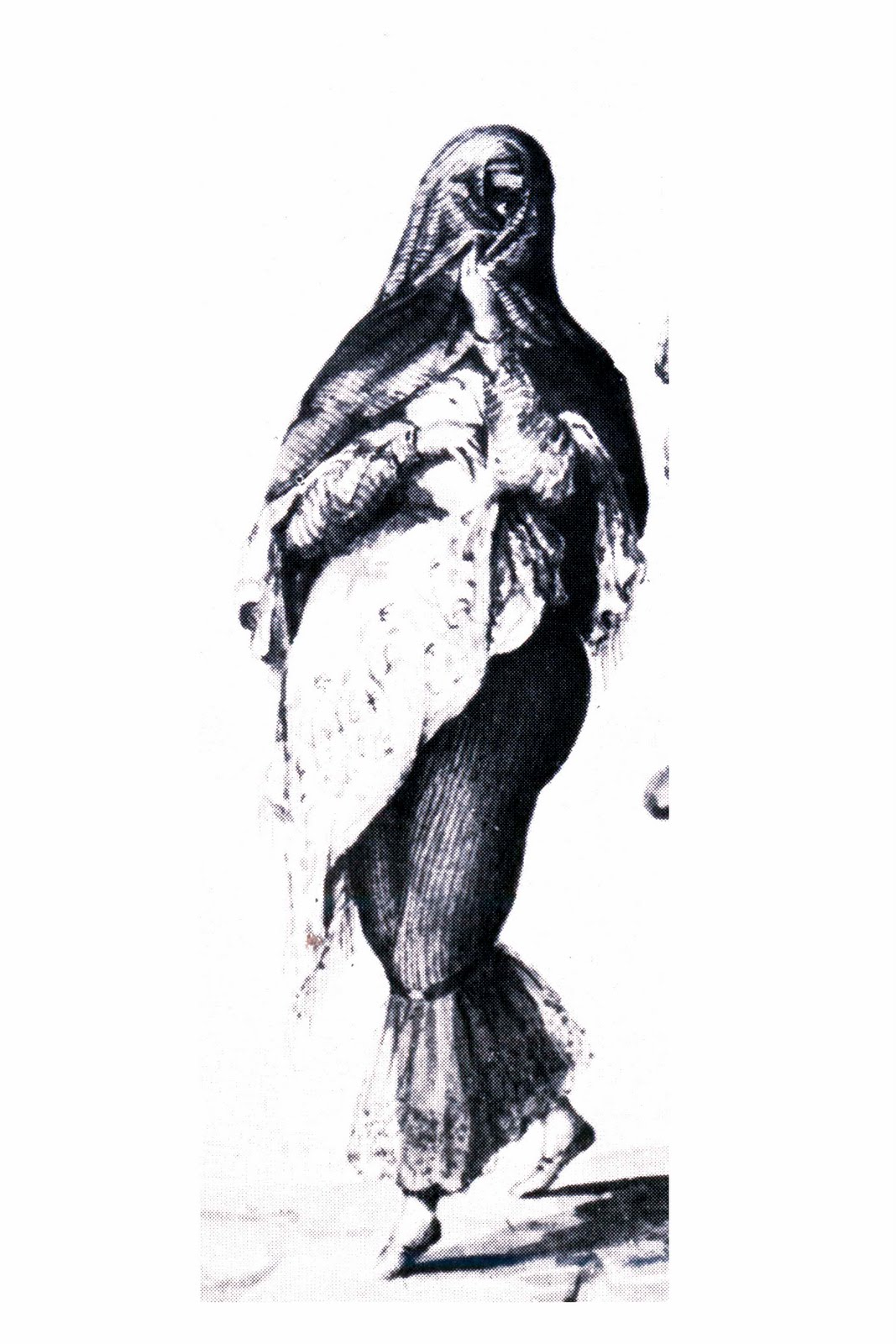The term [Ghetto has a murky origin](https://www.momentmag.com/jewish-word-ghetto/), but the first ghettos were the enforced Jewish quarters of Venice, Rome, and and and other Western European cities. The first appearance of the word "ghetto" in English literature dates from the early 17th century.<br>
 Map of Venice ghetto by architect Guido Costante Sullam, late 19th C.
Map of Venice ghetto by architect Guido Costante Sullam, late 19th C.
An excerpt from an 1829 travelogue paints a vivid socio-economic picture of the Roman ghetto, which was demolished in 1888. It is noteworthy that when Benito Cereno was published in 1850, although the Roman ghetto was still in existence, the word had already become a term of figurative speech. Could this have been an indirect result of the gradual loosening of restrictions on Jewish life that the author mentions, by which ghetto was no longer used to refer to a community bound to a specific location?
 Map of Roman ghetto, 1777
Map of Roman ghetto, 1777
"The "Ghetto" is a generic name, and used in every large town in Italy, as the distinctive appellation for the" recinto," or walled enclosure, allowed by the " toleration," (so intolerance is denominated all over the world,) to the Jews, whom their wants, rather than their charity, have consented to spare. But in most of these towns various reforms, all silent, but not the less irresistible, have successively taken place.
I stopped some few instants at the entrance, not well knowing whether I should or could pass on, it looked so like the court of a debtors' prison. I asked one or two questions — they were scarcely answered. The Papal soldier at the gate at last volunteered a reply. He twirled his moustaches, and with the biliousness of his nation whispered sulkily, " il Ghetto." I took a glance for a moment at the contrast between the two people. Here were the masters on one side, the servants on the other. In the square I had just left I saw a squalid and sullen race of men, with nothing to qualify them for superiority but the conviction and habit of power. Their features glared with the gloomy force of concentrated or exploded passions. All here is combat or sleep, dangerous or useless energies." -- "Walks in Rome and Its Environs: The Ghetto degli Ebrai." The New Monthly Magazine and Literary Journal, Part II. Vol XVI, Original Papers, 1829. 529-537.
 Franz Ettore Rosler (1845-1907), "Vicolo Capocciuto in Ghetto (rione Sant'Angelo)" cir. 1880
Franz Ettore Rosler (1845-1907), "Vicolo Capocciuto in Ghetto (rione Sant'Angelo)" cir. 1880
 The "Golden Round" - how ships circumnavigated the continents, or the globe, prior to construction of the Panama and Suez canals.
The "Golden Round" - how ships circumnavigated the continents, or the globe, prior to construction of the Panama and Suez canals.
 Robert Shore, The San Dominick, 1965
Something similar to the "ample oval" appears to be on the visible side of the ship, just in front of the stern. The figures are, unfortunately, indiscernible.
Robert Shore, The San Dominick, 1965
Something similar to the "ample oval" appears to be on the visible side of the ship, just in front of the stern. The figures are, unfortunately, indiscernible.

 A.D. Edwards,
A.D. Edwards,  The Malaysian archipelago was a major center of the spice trade and maritime commerce with Europe. Its takeover, first by Portugal in 1511, then by the Dutch East India Company in the mid-16th century, and followed by British colonization at the end of the 18th century, further complicated the diverse socioeconomic and cultural conditions that develop in the midst of international trade. Then as now, the flow of capital and goods made piracy a lucrative, albeit dangerous, activity.
For more information see
The Malaysian archipelago was a major center of the spice trade and maritime commerce with Europe. Its takeover, first by Portugal in 1511, then by the Dutch East India Company in the mid-16th century, and followed by British colonization at the end of the 18th century, further complicated the diverse socioeconomic and cultural conditions that develop in the midst of international trade. Then as now, the flow of capital and goods made piracy a lucrative, albeit dangerous, activity.
For more information see  Map of Lima, cir. 1750
Map of Lima, cir. 1750 Painting of a victim of the Inquisition paraded through streets by afro-Peruvian painter
Painting of a victim of the Inquisition paraded through streets by afro-Peruvian painter See
See 


 Map of Roman ghetto, 1777
Map of Roman ghetto, 1777 Franz Ettore Rosler (1845-1907), "Vicolo Capocciuto in Ghetto (rione Sant'Angelo)" cir. 1880
Franz Ettore Rosler (1845-1907), "Vicolo Capocciuto in Ghetto (rione Sant'Angelo)" cir. 1880 Image: Mauricio_Rugendas (1802-1858), Study for Lima's Main Square, cir. 1843.
Image: Mauricio_Rugendas (1802-1858), Study for Lima's Main Square, cir. 1843. Map of Santa Maria, 1700
Map of Santa Maria, 1700

